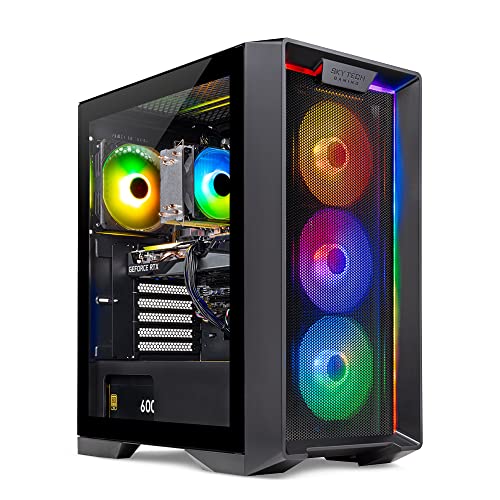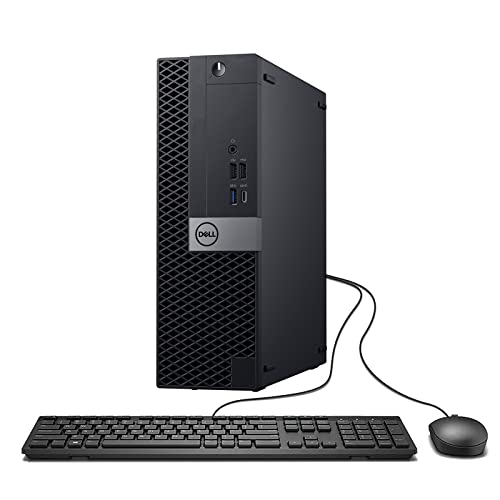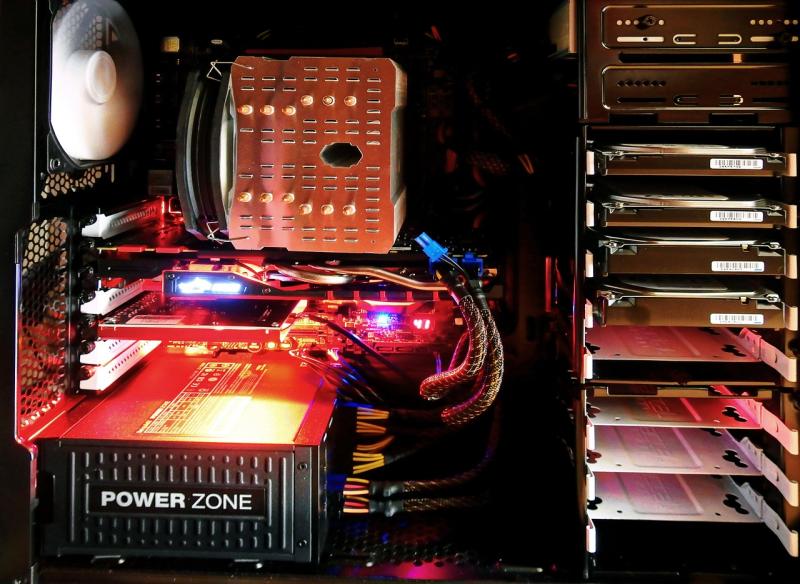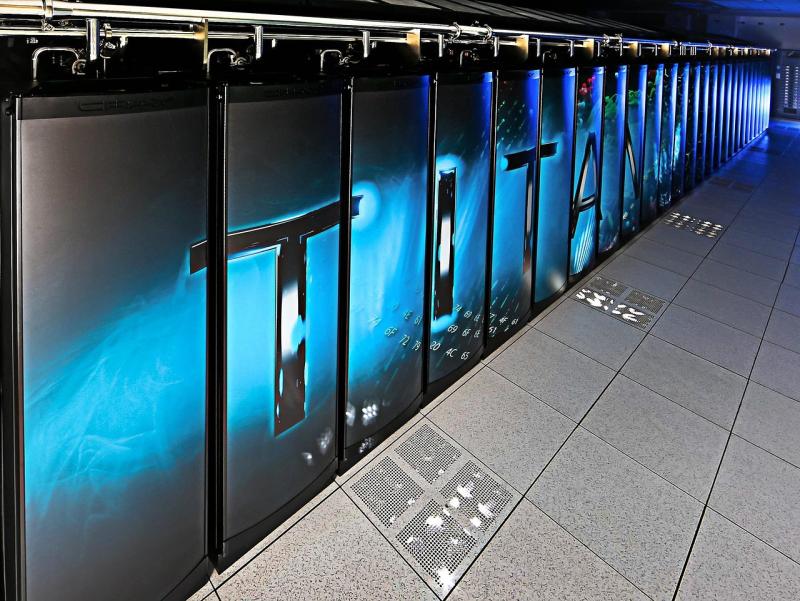Efficient cable management is a key aspect of a high‑performance PC build, aiding in airflow, aesthetics, and ease of upgrades. Modular cable management systems offer a flexible solution that adapts to changing configurations while keeping wiring neat and accessible.
Explore features such as modular cable routing channels, detachable cable combs, and integrated cable tie mounts. These solutions help maintain organized wiring layouts that reduce clutter and improve internal airflow. Easily accessible cabling also simplifies hardware modifications and future upgrades, ensuring a scalable and future‑proof build.
Plan your cable pathways during the design phase and utilize accessories designed for modular systems. Regularly inspect and adjust cable routing to accommodate component changes. Embrace the use of labeled and color‑coded cables to simplify diagnostics and maintenance.
Investing in modular cable management systems is a proactive approach to future‑proofing your PC build. With efficient organization, improved cooling, and simplified upgrades, you can maintain a clean, professional setup that adapts as your system evolves.
The Comprehensive Guide to Modular Cable Management for PC Builds
Optimize airflow, aesthetics, and future upgrades with flexible, organized wiring solutions.
Introduction
Efficient cable management is the cornerstone of a clean, high-performance PC build. Beyond the sleek aesthetics, well-organized wiring directly impacts internal airflow, thermal performance, and the ease of future upgrades. Modular cable management systems elevate this process by providing adaptable channels, detachable combs, and integrated mounts that keep everything tidy yet accessible.
In this exhaustive guide, you’ll discover how to select the right components, plan and execute precise routing, and maintain a scalable setup that evolves as your hardware changes. Whether you’re a beginner seeking professional results or an enthusiast aiming for a competition-ready showcase build, modular cable management is the missing piece to a truly optimized system.
Why Cable Management Matters for Your PC Build
1. Improved Airflow and Thermal Efficiency
Cluttered cables can obstruct airflow paths, trapping hot air around CPUs and GPUs. Studies show that neat cable routing can reduce average component temperatures by 5–10 °C. By guiding cables through dedicated channels and tie-mounts, you create unobstructed intake and exhaust routes, boosting fan efficiency and extending component lifespan.
2. Simplified Upgrades and Maintenance
Modular management systems let you detach combs and open routing channels without rerouting every wire. This adaptability means swapping GPUs or adding storage drives takes minutes, not hours. Color-coded cables and labeled tie-points further accelerate troubleshooting and future modifications.
3. Aesthetic Appeal and Showcase Builds
A professional-quality build isn’t just functional—it’s eye-catching. Modular cable raceways, sleeved cables, and custom combs create clean, symmetrical layouts behind tempered glass or open-frame rigs. Well-executed wiring elevates your build from DIY to magazine-worthy.
Innovative Modular Cable Management Solutions
The market now offers a spectrum of modular cable accessories designed specifically for PC builders who demand flexibility and precision. These solutions fall into several categories:
| Solution Type | Description | Key Benefit |
|---|---|---|
| Modular Routing Channels | Snap-in rails and clips that mount to standard motherboard standoffs or case panels. | Rapid reconfiguration without drilling or adhesives. |
| Detachable Cable Combs | Individual combs that clip on and off sleeved cables. | Perfect alignment, easy removal for cable length changes. |
| Integrated Tie-Point Mounts | Built-in anchor points compatible with zip ties or Velcro straps. | Eliminates need for aftermarket adhesive mounts that fail over time. |
| Adjustable Velcro Straps | Reusable hook-and-loop straps in various lengths and colors. | Color-coding and rapid adjustments during upgrades. |
| Cable Sleeving Kits | Heat-shrink or braided sleeves that bundle multiple wires. | Uniform appearance and additional abrasion protection. |
Many enthusiasts combine these elements into a unified modular ecosystem—mounting routing channels along the case’s cable tunnel, clipping in combs on individual cables, and looping Velcro straps at key tie-points. This hybrid approach delivers the flexibility of reconfiguration with the rigidity needed to maintain perfect cable lines.
Materials & Tools for Modular Cable Organization
Before you begin, gather the following essentials to ensure a smooth build experience:
- Precision Screwdriver Set – for mounting channels, standoffs, and tie-point brackets.
- Cable Comb Packs – in sizes matching your connector count (4-pin, 8-pin EPS, 24-pin ATX).
- Velcro Tie Straps & Zip Ties – multiple lengths and colors for labeling.
- Cable Sleeving Kit – choose nylon, PET, or heat-shrink options for a clean look.
- Modular Snap-in Channels – compatible with your case’s standoff layout (ATX/E-ATX).
- Wire Cutters & Scissors – for trimming zip ties and sleeving material neatly.
- Label Maker or Cable Tags – for clearly marking cable functions and endpoints.
- Plastic Pry Tools – to gently open routing channels without scratching paint.
Step-by-Step Implementation of Modular Cable Routing
- Plan Your Pathways: Sketch the route for each major cable (24-pin ATX, EPS, PCIe, SATA). Identify entry and exit points, then mark standoff positions where routing channels will mount.
- Install Snap-in Channels: Affix modular rails onto motherboard standoffs or case panel holes. Test-fit before tightening screws to ensure clearance for cables and air flows.
- Sleeve & Comb Assembly: Slide each cable through its braided sleeve, then snap on detachable combs at uniform intervals to maintain parallel alignment.
- Secure with Tie-Points: Loop Velcro straps or zip ties through integrated mounts at 2–3 inch intervals. Keep tension just enough to hold cables flat, avoiding pinched insulation.
- Connect & Route: Plug in PSU and component connectors, then guide bundled cables through routing channels. Check for excess slack—coils belong behind the motherboard tray, not blocking fans.
- Final Inspection: Verify that no wires touch spinning fan blades or hot components. Confirm all combs and channels are firmly seated. Turn on your system and observe airflow patterns and temperatures.
Best Practices for Modular Cable Organization
- Plan for Upgrades: Leave 1–2 cm of slack near connectors so replacing a GPU or adding drives doesn’t require full rerouting.
- Color-Code by Function: Use red ties for power cables, blue for data, green for fans—instant visual organization.
- Label Cable Ends: Small adhesive tags or heat-shrink labels reduce confusion when troubleshooting or swapping components.
- Maintain Positive Airflow: Keep intake fan paths free of any cable overlap to preserve static pressure and cooling efficiency.
- Use Matched Cable Kits: Factory-sleeved, modular PSU cables ensure uniform length and sleeve quality across all connections.
- Document Your Build: Photograph or diagram your cable layout. These records accelerate future maintenance and upgrades.
Advanced Tips and Techniques
Hybrid Water-Cooling Integration
When combining custom loops with modular cable routing, integrate inline mounts for tubing—this prevents hoses from sagging into cable channels and ensures consistent spacing between water blocks and cables.
Dynamic Cable Comb Spacing
Rather than uniform comb intervals, adjust spacing near high-heat areas. Leaving a small gap between combs around the GPU power cables allows heat to dissipate more effectively.
Magnetic Routing Channels
Some premium cases now include magnetic cable rails. Use these to reposition entire cable bundles on-the-fly—ideal for LAN party setups or test bench environments.
Maintenance & Future-Proofing Your Cable System
- Quarterly Inspections: Check tie-point tension and reseat any loose combs or rails.
- Firmware & Component Swaps: Document cable changes in your build log before updating BIOS or swapping GPUs to track performance impacts.
- Expandability Checks: If you plan to add more drives or fans, pre-route extra channels near potential upgrade sites for instant integration.
- Dust Management: Well-organized cables trap less dust. Clean intake filters monthly to keep airflow unrestricted.
Real-World Case Studies
Enthusiast Gaming Rig
Builder “ZeroCool” reported 7 °C lower GPU temps after switching from zip-tie bundles to modular routing channels and detachable combs. The result was stable overclocks at higher voltages without thermal throttling.
Workstation for Video Editing
A content creator integrated 10 SATA drives into a single chassis. By routing each cable through labeled Velcro loops in color groups, they slashed cable-swap time from 30 minutes to under 5 minutes per drive replacement.
Open-Air Test Bench
An overclocker used magnetic modular rails on an open-frame bench to rapidly swap GPUs in competition settings. The flexible system reduced downtime between runs by over 60 percent.
Common Pitfalls & Troubleshooting
- Avoid Over-Tightening Ties: Pinched cables can develop micro-fractures in insulation over time.
- Check Clearance: Don’t force thick sleeved cables through tight channels—this can stress connectors.
- Mind Sharp Edges: Use grommets or edge guards when routing through metal cutouts to prevent abrasion.
- Balance Rigidity & Flexibility: Too many combs make cable bundles rigid and hard to adjust.
Conclusion
Modular cable management transforms the way you build, maintain, and upgrade your PC. By investing in routing channels, detachable combs, and integrated tie-points, you achieve optimized airflow, striking aesthetics, and effortless scalability. Whether you’re constructing a high-end gaming rig, a content-creation workstation, or a competition-level test bench, the right modular system future-proofs your investment and keeps your setup looking—and performing—its best.
Start planning your cable pathways today, select the proper materials and tools, and follow this comprehensive workflow to elevate your next PC build. With these strategies in hand, you’ll spend less time wrestling with wires and more time pushing performance to the limit.







